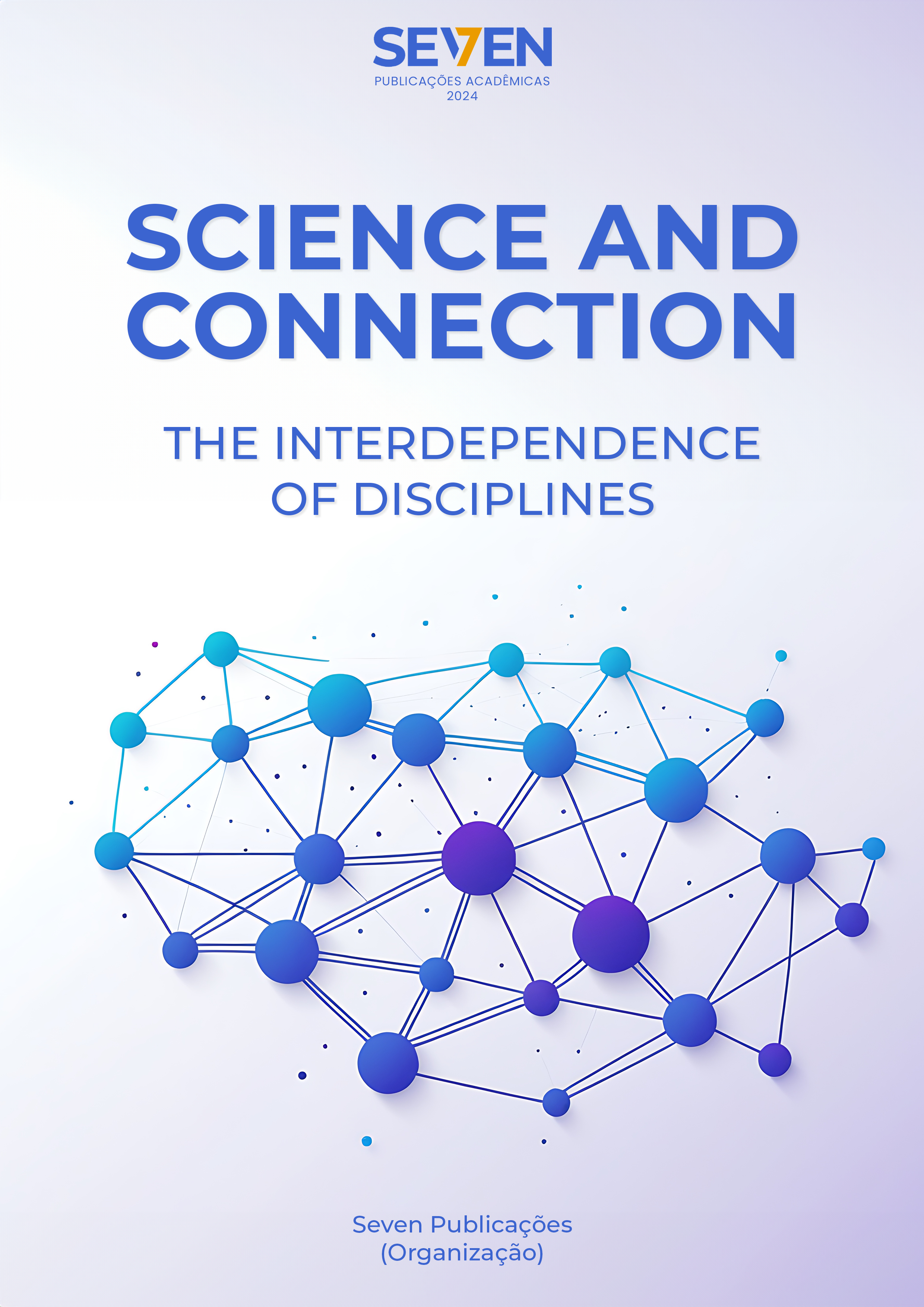HIGH-PERFORMANCE MIXTURE FOR DOPING CONSTRUCTION WASTE AGGREGATES
Keywords:
Waste, High-performance grout, Doping technique, Structural concrete, EnvironmentAbstract
The construction industry is considered the sector of human activities that consumes the most natural resources, generating considerable environmental impacts, including the generation of construction waste. An alternative to this problem is to use this construction waste (RCC) in concrete. Studies show favorable results for this application, but attention must be paid to the limitations of the material, such as heterogeneity in composition, lower mechanical resistance, and greater water absorption. To correct these deficiencies, the doping technique can be applied, which consists of impregnating the aggregate with high-performance grout to alter its structure. Thus, this work addresses the study of the high-performance grout used in the doping of RCC aggregates to produce structural concrete. For this purpose, the recycled aggregate was characterized and the study of the high-performance grout was carried out, varying the proportion of superplasticizer additive and silica fume. After the results, it can be concluded that the doping procedure with high-performance grout proved to be efficient in reducing the porosity of the RCC aggregate, allowing the use of material that currently has no commercial value as an alternative aggregate in the preparation of structural concrete.
Downloads
Published
Issue
Section
License
Copyright (c) 2024 Hillary Cristine Pereira Silva, Ana Paula Moreno Trigo Gregui

This work is licensed under a Creative Commons Attribution-NonCommercial 4.0 International License.





